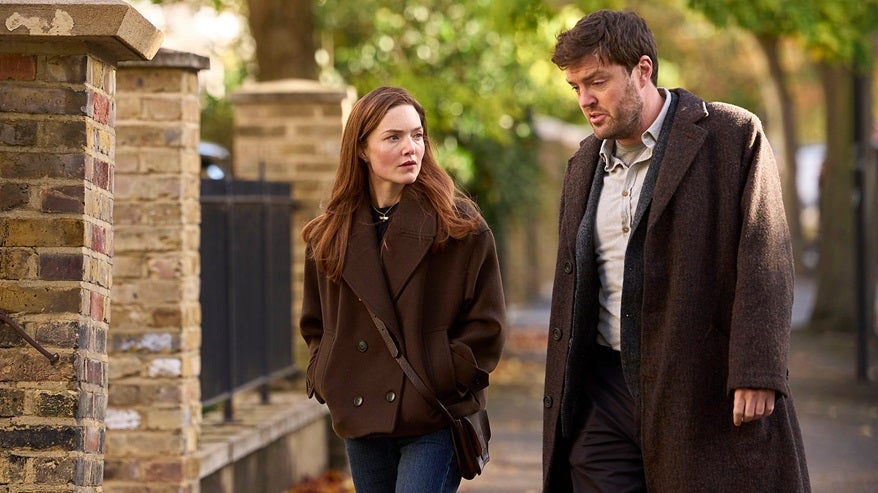Location Spotlight – Canterbury Cathedral
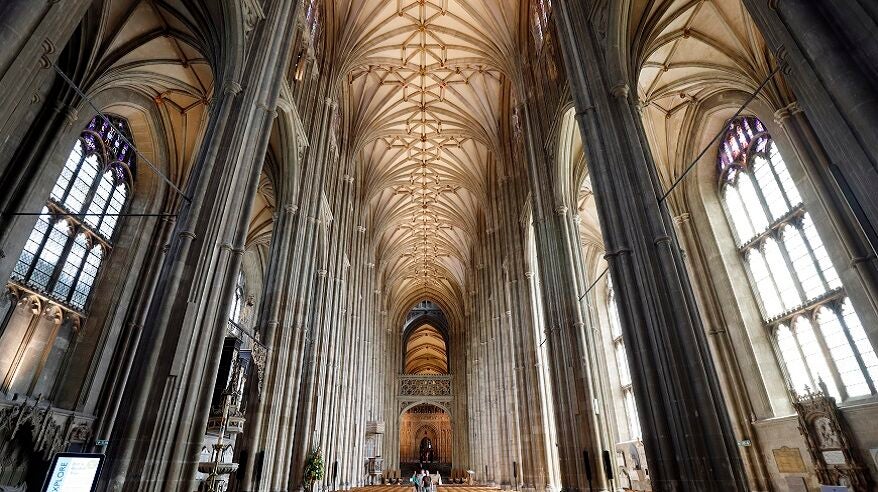
To launch our series of Location Spotlights, we go behind the scenes of the iconic Canterbury Cathedral.
As one of the oldest Christian structures in England, the cathedral is part of a World Heritage Site. We spoke to the Cathedral team’s Nathan Crouch about how the beautiful and historic edifice lends itself to modern filming requirements, and hear about key points for filmmakers to note ahead of time.
When was the cathedral first opened up to filming?
Whilst the Cathedral has had a long association with filmmaking – it features in Powell and Pressburger’s 1944 classic, A Canterbury Tale – prior to 2020, the last major project to film here was the Michael Caine and Bob Hoskins-starrer, Last Orders, (2001).
In early 2020, we relaxed the Cathedral’s filming regulations, which had been very restrictive, in order to attract major film and TV productions.
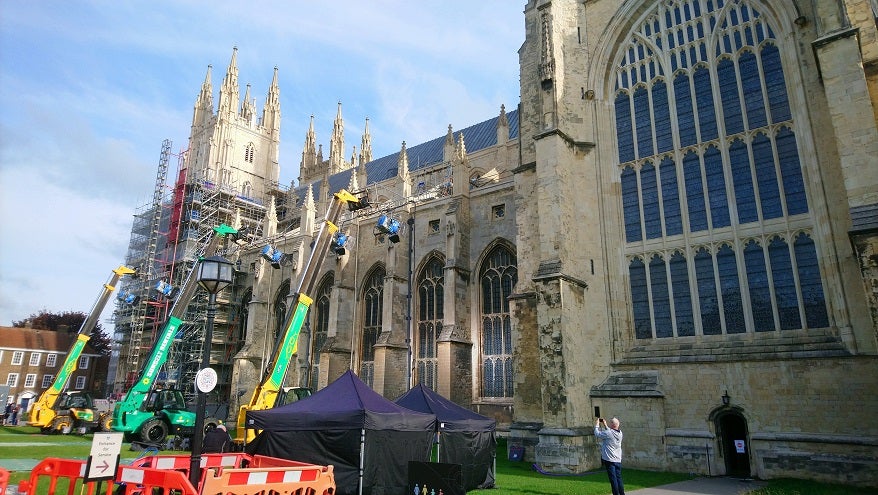
The first major production to film at the Cathedral since we relaxed our regulations – and post-Covid – was Disney/FX’s The Veil, starring Elisabeth Moss. We have also had interest from a well-known fantasy film franchise, a major Netflix production, and a Ridley Scott film.
Can the Cathedral double for other settings?
In The Veil, Canterbury Cathedral appears as itself, but we are open for it to double as other locations, whether real or fictional, religious or secular, and across a range of genres including, for example, science-fiction, fantasy, action, and thrillers. A recent production was interested in using the Crypt to double as an ornate dining hall.
As well as the grand spaces that most people are familiar with – the Nave and the Quire – we have lots of other amazing areas including the Norman-era Crypt, multiple chapels, the Cloister, beautiful gardens, and historic, Grade 2 residential properties that are available for filming, and can double as a wide range of locations across many time periods.
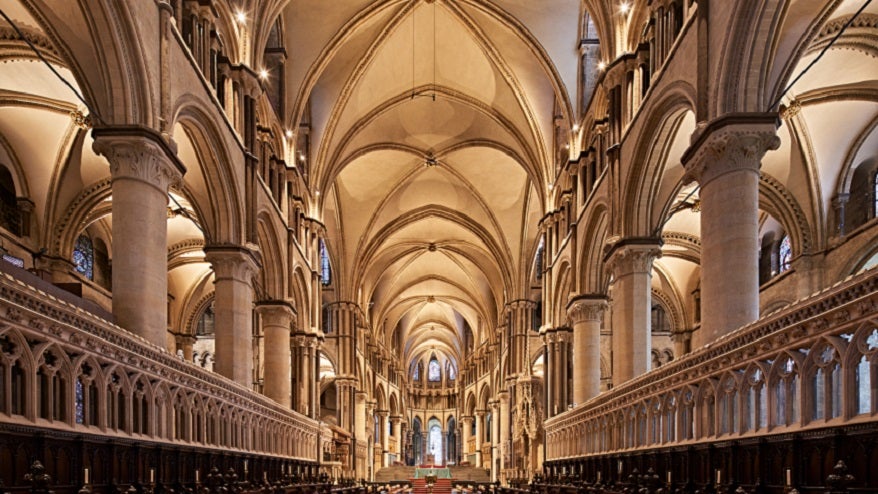
Canterbury Cathedral is a UNESCO World Heritage site; how do the various agencies work together?
The Cathedral’s Senior Leadership Team decide what filming to permit, and will provide the Ts and Cs. We also work closely with the city council and Kent Film Office as needed. There aren’t any UNESCO stipulations.
What is the notice period needed to close off the cathedral space for film crews?
The notice period required depends on factors including which area of the Cathedral is to be used, the scale of the production, the time of year, and the likely impact on services and visitors. For example, a small crew filming one scene within the Cathedral grounds would require much less notice than a major production that wanted to take over the Nave for several days.
Generally, the more notice we can have, the better.
The Cathedral is open every day of the year for services of worship and visitors, but we routinely manage full or partial closures in order to accommodate graduation ceremonies, concerts, and the many other events the Cathedral hosts.
How is the insurance handled?
The production would need sufficient insurance cover. Generally, there aren’t any no-go areas for filming. Depending on the content to be filmed, precious artefacts may be moved to temporary storage or covered up.
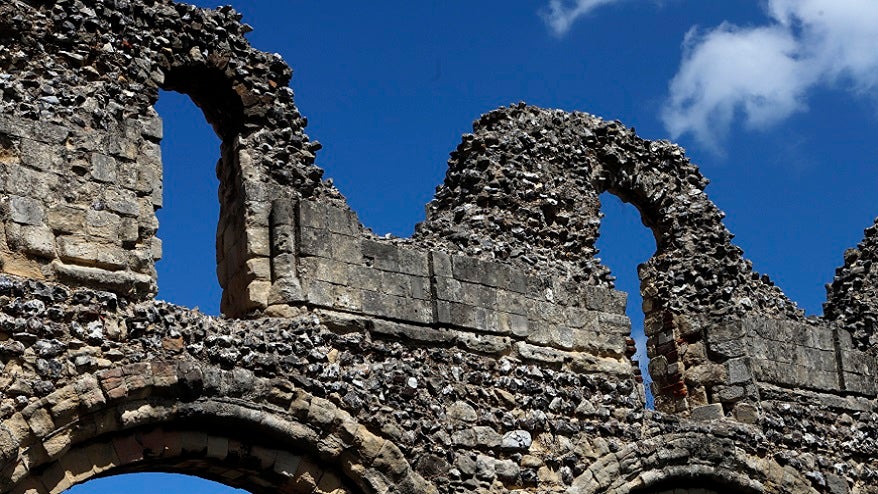
Can you describe some of the heritage buildings on the cathedral site, that are also available for filming?
In addition to the Cathedral itself, there are monastic ruins within the beautiful grounds, and several Grade 2 listed residential properties where the Cathedral’s clergy live.
On the north side of the Cathedral Precincts is Green Court, a large, grassed square overlooked by the Cathedral and surrounded by buildings used by King’s School (tenants of the Cathedral). Also within this area is the 12th century Norman Staircase.
With many thanks to Nathan Crouch of Canterbury Cathedral for his help in compiling this article.
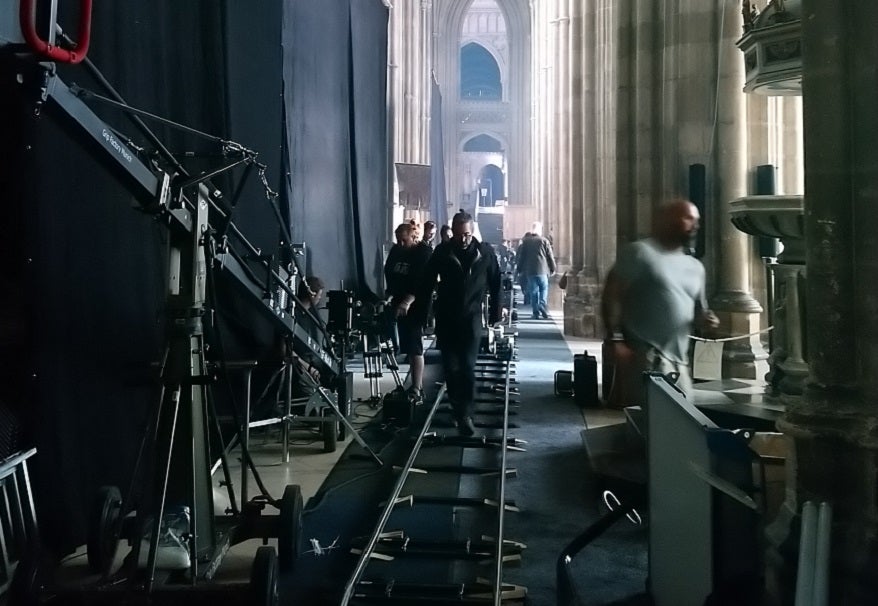
*Sponsored content
Share this Article













